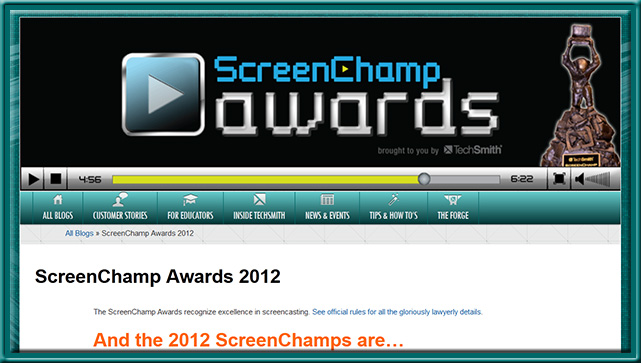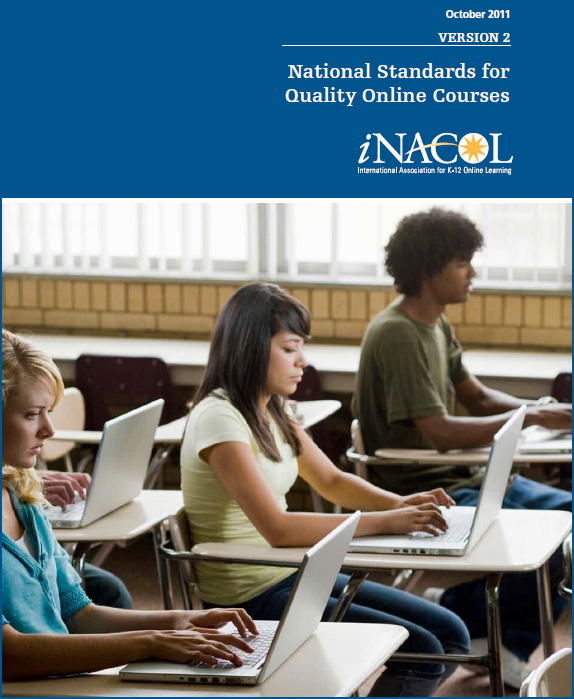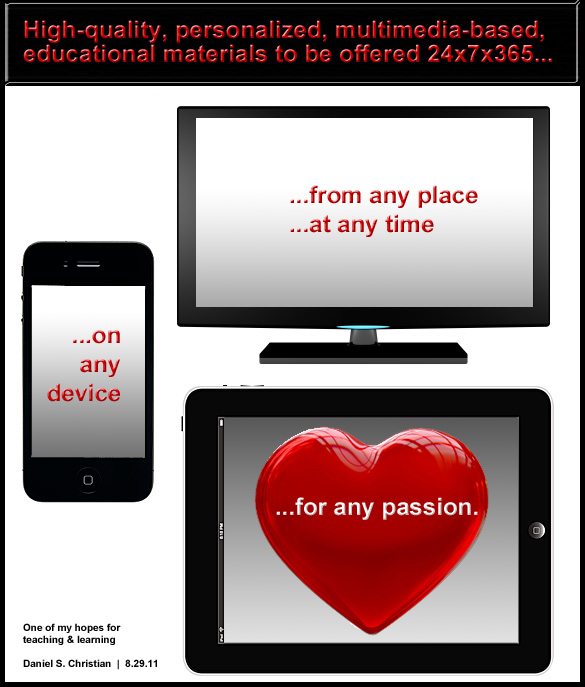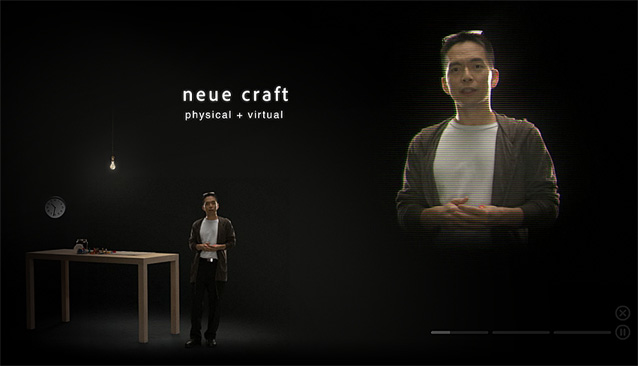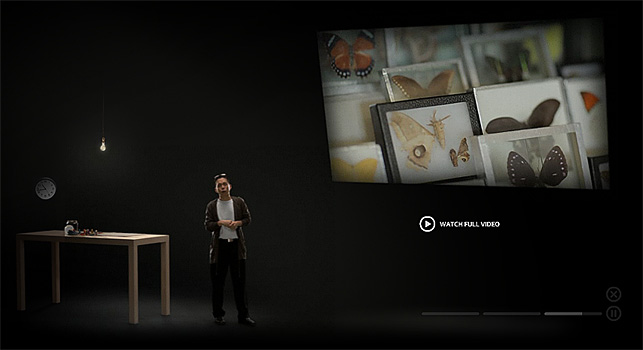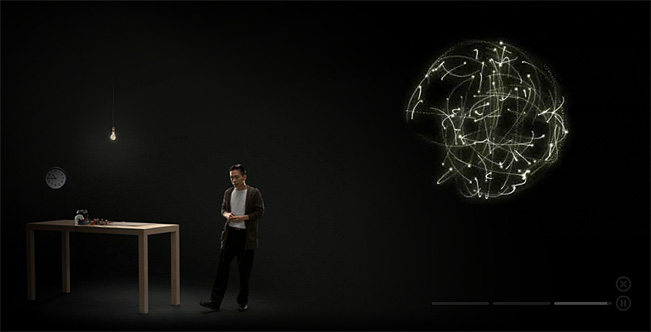Excerpt:
- Best in Show: Vesone Dean, What is SignUp?
- EDU category: Valerie Pennington, Anatomical Terms of Direction and Planes of Section
- Sales & Marketing category: Nino Paglia, Mantic – RealeFlow
- Tutorial & Training category: Ron Hogue, Top Five-ish Screencast Tips
- Wildcard category: Mel Aclaro, Best Screen Capture Software Series (Episode 3 – Camtasia Studio 7)
Description:
Enter up to three (3) screencast videos. Videos will be assigned a category based on the information you provide (so please be as detailed as possible!). Categories are: Education (videos with a focus on teaching and/or schools, at any level); Tutorial/Training (videos with a focus on training or tutorial content); Sales and Marketing (videos made to sell or persuade); and Wildcard (videos that don’t fit in the previous categories).









